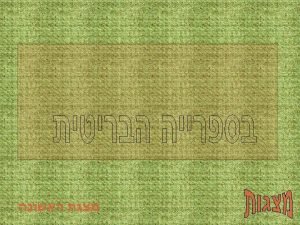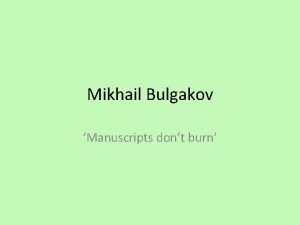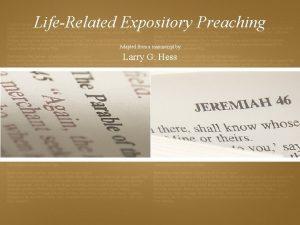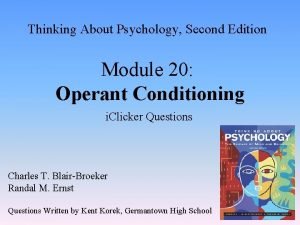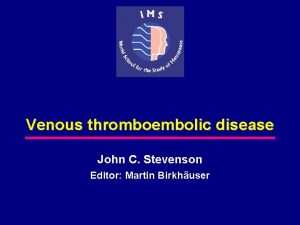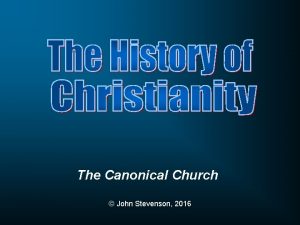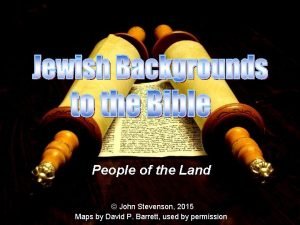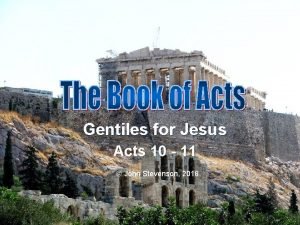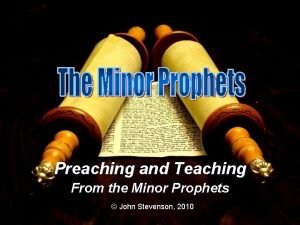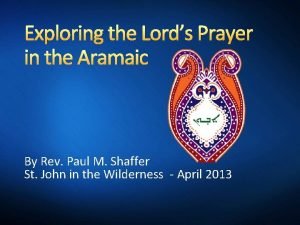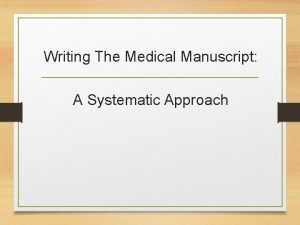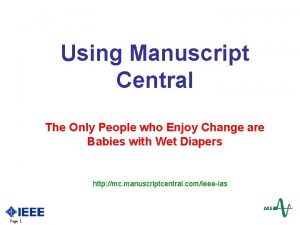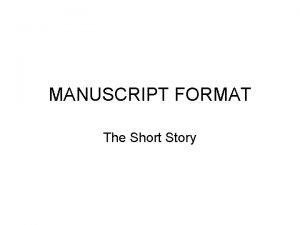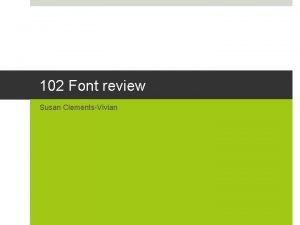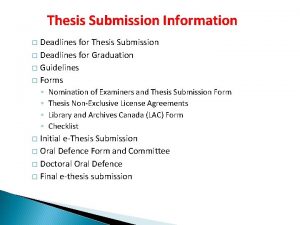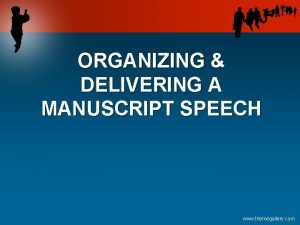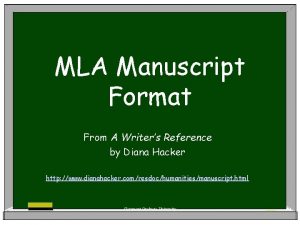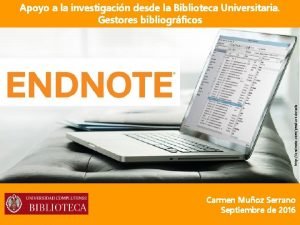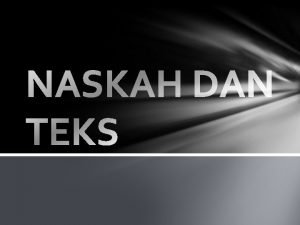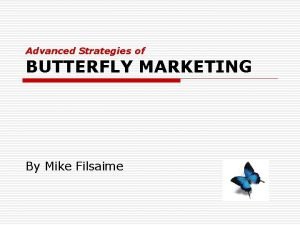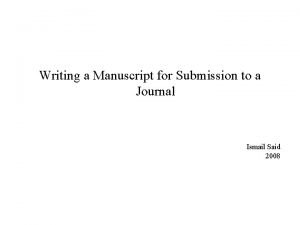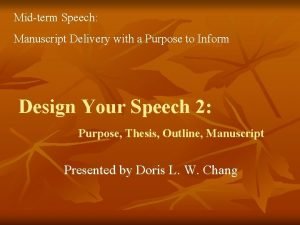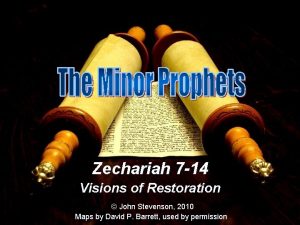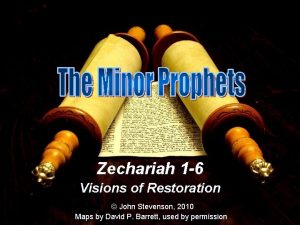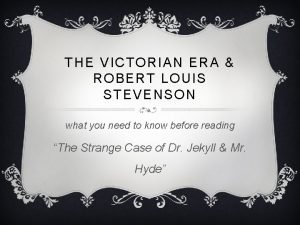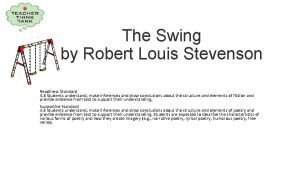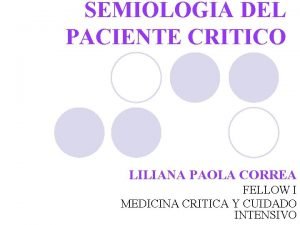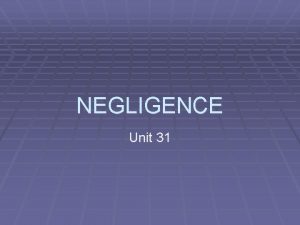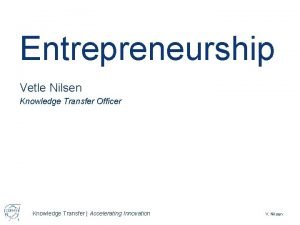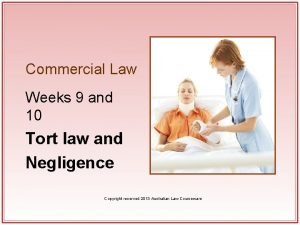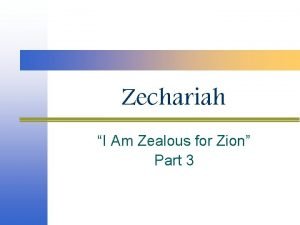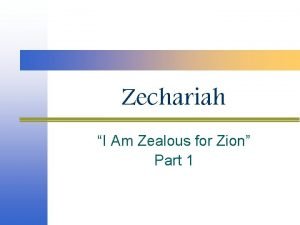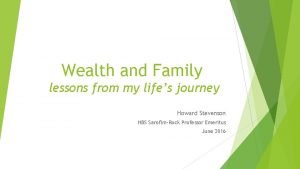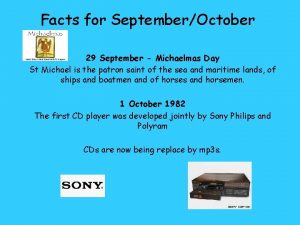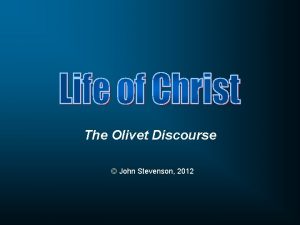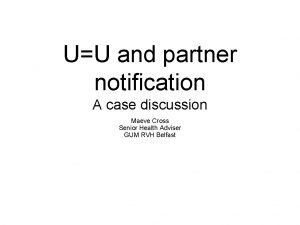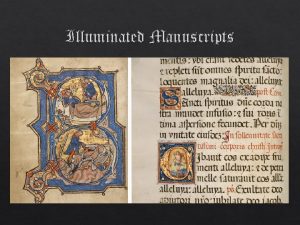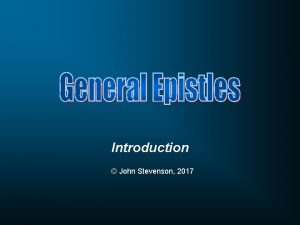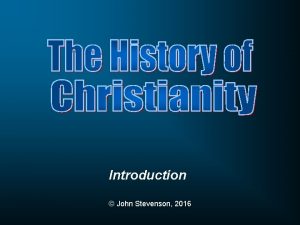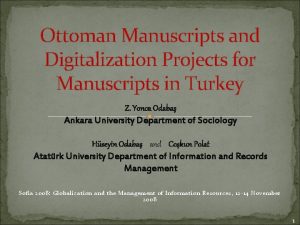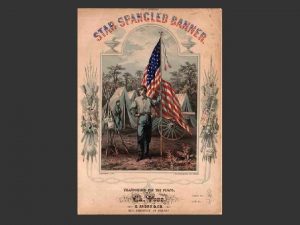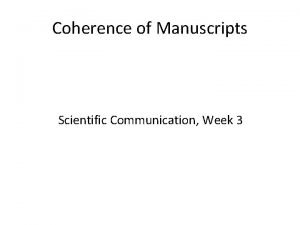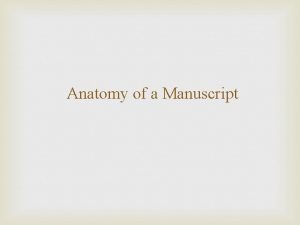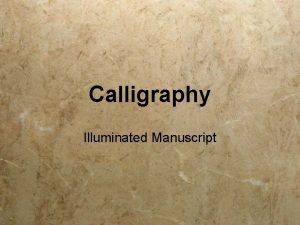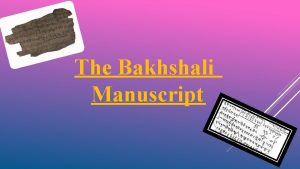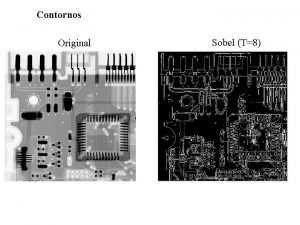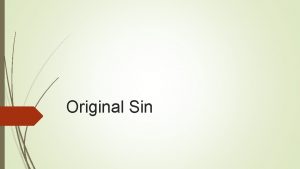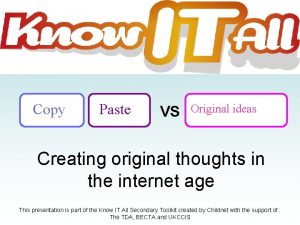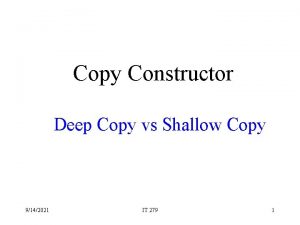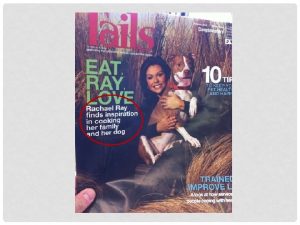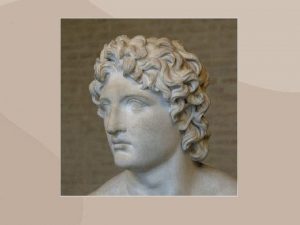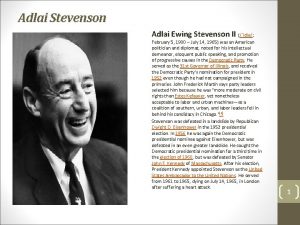Ancient Manuscripts John Stevenson 2013 Original Manuscript Copy















































- Slides: 47

Ancient Manuscripts © John Stevenson, 2013

Original Manuscript Copy Copy Copy Copy Copy

• Their name: Masorah (“tradition”). • Jewish community of Tiberius.

• • • Their name: Masorah (“tradition”). Jewish community of Tiberius. Vowel points ( ) versus ( ~yhil{a/ hw"hy> ~yhla hwhy )

• • Their name: Masorah (“tradition”). Jewish community of Tiberius. Vowel points. Careful rules regarding the copying of the Scriptures

Textual Family Description Dates Proto Alexandrian Siniaticus, Vaticanus 2 nd – 4 th Century Alexandrian Ephraemi Rescriptus 3 rd – 12 th Century Latin 3 rd – 13 th Century Western Byzantine Textus Receptus, 5 th – 10 th KJV Century

• Written 450 A. D. • Septuagint & New Testament • Kept in Alexandria • Patriarch of Constantinople presented to England in 1627.

Codex B • Septuagint and New Testament. • Dated to 350 A. D. • Missing 71 pages. • Napoleon took the Vatican Library to Paris in 1809. • Codex returned to Vatican in 1815.

Codex B • Samuel Tregelles permitted to examine it in 1843. • The entire manuscript was photographed and published in 1890.

• Greek translations of sermons of Father Ephraem the Syrian (306 -373). • A Palimpsest: “Scraped again. ” These sermons copied in 12 th century.

• Protestant pastor Pierre Allix discovered the writing underneath the palimpsest in late 1600’s. • Dated to early 5 th Century. • Contains some of the Septuagint, but most surviving pages are from the New Testament. • Contains the long ending of Mark.


• Count Konstantin von Tischendorf visited St Katherine’s Monastery in 1844.

• Count Konstantin von Tischendorf visited St Katherine’s Monastery in 1844.

• Count Konstantin von Tischendorf visited St Katherine’s Monastery in 1844.

• Count Konstantin von Tischendorf visited St Katherine’s Monastery in 1844.

• Count Konstantin von Tischendorf visited St Katherine’s Monastery in 1844. • 129 pages initially discovered. • Written around 350 A. D.

• Count Konstantin von Tischendorf visited St Katherine’s Monastery in 1844. • 129 pages initially discovered. • Written around 350 A. D. • Tischendorf permitted to take 43 pages. • The manuscript was eventually given to Czar Nicholas of Russia.

• The U. S. S. R. sold the codex to the British Museum in 1933 for 100, 000 pounds. • A forgotten room was discovered in 1975 containing more ancient manuscript fragments. • Another page was found in 2009.

• Grenfell & Hunt were doing an excavation south of the Faiyum Oasis in Egypt.

• Grenfell & Hunt were doing an excavation south of the Faiyum Oasis in Egypt. • Stuffed crocodiles. • Portions of New Testament.

• Purchased from an antiquities dealer by American millionaire Chester Beatty.

• Purchased from an antiquities dealer by American millionaire Chester Beatty. • Epistles of Paul dated to 2 nd Century. • Now at University of Pennsylvania.

• Purchased from an antiquities dealer by American millionaire Chester Beatty. • Epistles of Paul dated to 2 nd Century.

Palestine 1947

Qumran




ISAIAH SCROLL


Jerusalem Bethlehem Qumran

Jerusalem Bethlehem Qumran

Jerusalem Bethlehem Qumran

Hebrew University of Jerusalem • Incomplete manuscript of Isaiah reflecting old Hebrew • Thanksgiving Hymns • War Scroll

Metropolitan of the Syrian Orthodox Church in Jerusalem • Isaiah Scroll reflecting editorial changes • Community Rule • Pesher Habakkuk • Genesis Apocryphon

• Moved to the United States • Put the scrolls up for sale in a newspaper advertisement


• Son of Eleazar Sukenik • General in Israeli army • Purchased through an intermediary the four scrolls for the Hebrew University of Jerusalem





• Languages Represented – Mostly Hebrew text – Few Aramaic – Even fewer Greek

• Languages Represented • Writing Materials – Mostly Parchment – Few Papyri – One Copper Scroll

• Languages Represented • Writing Materials • Subject Matter – Biblical texts (Old Testament) – Jewish books – Books used of a unique Jewish sect

 Original gospel manuscripts
Original gospel manuscripts Hebrew
Hebrew Manuscripts don t burn bulgakov
Manuscripts don t burn bulgakov Expository sermon manuscripts
Expository sermon manuscripts Jennifer edits manuscripts for a publisher
Jennifer edits manuscripts for a publisher Dr john stevenson
Dr john stevenson Dr john stevenson
Dr john stevenson John stevenson syndrome
John stevenson syndrome Dr john stevenson
Dr john stevenson Dr john stevenson
Dr john stevenson Acts 10:19-20
Acts 10:19-20 John stevenson bible study
John stevenson bible study Lords prayer in aramaic
Lords prayer in aramaic Ancient communication devices
Ancient communication devices Ancient india vs ancient china
Ancient india vs ancient china Medical manuscript writing
Medical manuscript writing Ias manuscript central
Ias manuscript central Short story manuscript format
Short story manuscript format Illuminated manuscript font
Illuminated manuscript font Thesis submission deadline mcgill
Thesis submission deadline mcgill Organizing and delivering an entertainment speech
Organizing and delivering an entertainment speech Mla manuscript format
Mla manuscript format Manuscript delivery
Manuscript delivery Endnote manuscript matcher
Endnote manuscript matcher Handwritten manuscript
Handwritten manuscript The butterfly marketing manuscript 3.0 pdf
The butterfly marketing manuscript 3.0 pdf Manuscript speech
Manuscript speech Nnn speech
Nnn speech Manuscript speech
Manuscript speech Zechariah stevenson
Zechariah stevenson What are these
What are these Robert louis stevenson victorian era
Robert louis stevenson victorian era Till i can see so wide
Till i can see so wide Insuficiencia cardiaca clasificacion stevenson
Insuficiencia cardiaca clasificacion stevenson Tort and contract difference
Tort and contract difference Howard h stevenson
Howard h stevenson Donoghue v stevenson case summary
Donoghue v stevenson case summary Donoghue v stevenson case summary
Donoghue v stevenson case summary Zechariah stevenson
Zechariah stevenson Zealous
Zealous Zechariah stevenson sentence
Zechariah stevenson sentence Building a life howard stevenson
Building a life howard stevenson Ilona stevenson
Ilona stevenson Dr matthew stevenson
Dr matthew stevenson Valerie stevenson
Valerie stevenson Peter stevenson compassion in world farming
Peter stevenson compassion in world farming Weatherlll
Weatherlll Maeve stevenson
Maeve stevenson

